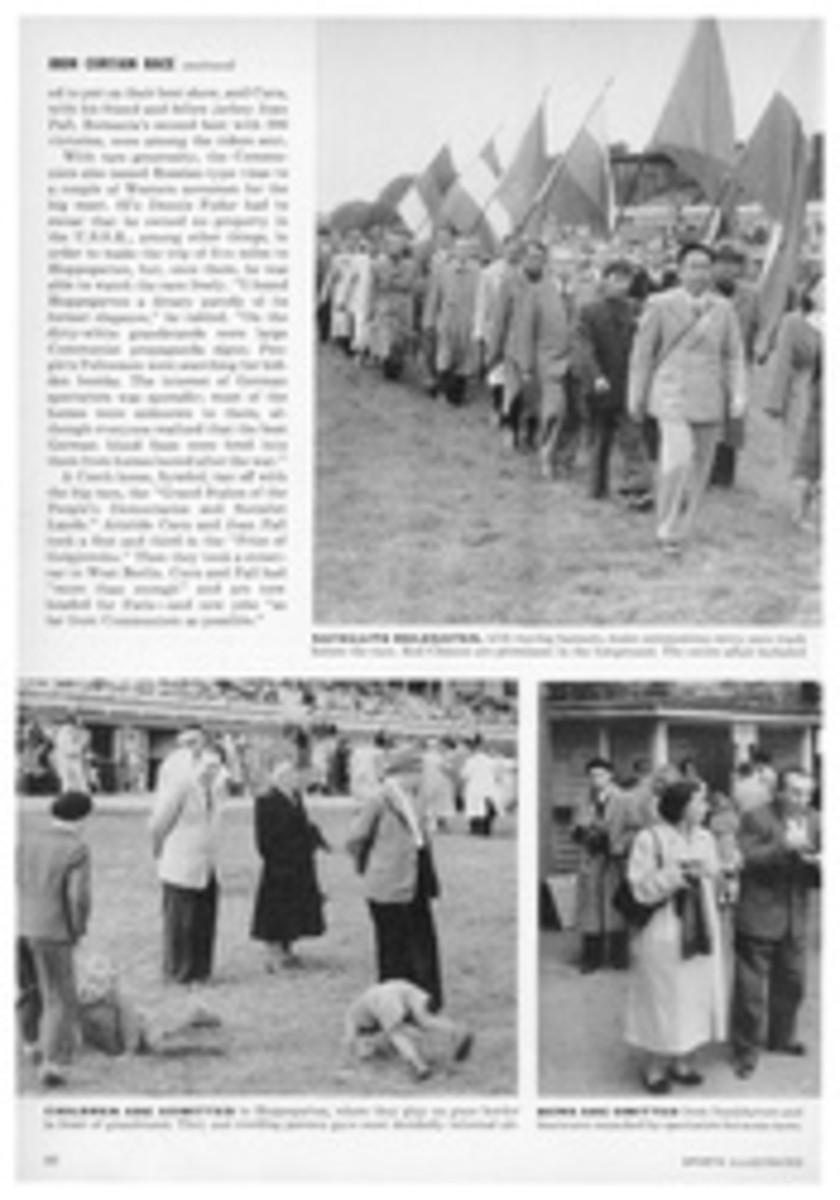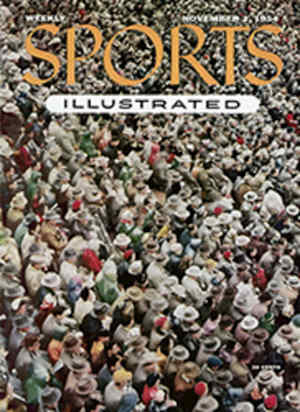
YOU SHOULD KNOW: if you are going hunting
Sequel
Last Week we tried to give you an idea of how to prepare for the hunt. In this space, we propose to tell you where, when, what, with whom and how to do your hunting. Trusting by now that you're properly clothed, equipped and trained in gun firing and safety, let's take to the field.
Public land
When you get your hunting license, you'll receive a list of regulations for the state in which the license is valid. Usually included is a list of all county and state lands open for hunting. If in doubt about any area, consult your state game commission or local game warden. For sheer abundance of big game, the national forests are best. The U.S. Forest Service can give you details on these lands. No special hunting charges or licenses apply to these forests, but you must have a state license, and state laws on seasons and limits generally apply. Don't confuse national forests with national parks, where hunting is prohibited.
Private land
When permission is requested, many private landowners will open their property to hunters. Most farmers welcome hunters to shoot the predators that may roam their land, damaging crops and livestock. Remember to be considerate of this land or you may find it closed to hunting next time. There are also many private shooting clubs that maintain well-stocked lands for hunting. Most of these are too expensive for the average man, but for the beginner who can afford it, they are an ideal spot for training.
Preserves and refuges
Preserves are becoming increasingly popular because they provide good hunting at low cost. Many are located within 50 miles of big cities. Birds are generally pen-raised and planted in a specific area for the hunter. Fees are charged per bird planted whether or not the hunter shoots it. These average around $5 a bird. Many preserves also offer guides, dogs and even firearms at nominal cost. Parts of wildlife refuges in many states are also opened to hunters. Utah, North Carolina, Montana, Idaho, California, Arizona, Nevada, Wisconsin, Minnesota, Illinois, Iowa, Missouri, Washington, Michigan, South Carolina, Georgia, Alabama, Wyoming and Kentucky all provide public shooting under special regulations. Local game officials can give you details.
Rabbits and squirrels
Rabbits and squirrels are good for beginners. They're comparatively easy to shoot. You just can't shoot rabbits into extinction; they multiply too quickly. Rabbits feed heavily at night. You'll find them on the move in early morning or late afternoon. They usually stick to paths they make. Wait at a path intersection for best results, having your partner walk along the path toward you—and be careful not to shoot him by mistake. Hunt the lee side of hills, ravines and bushy cover, with the wind blowing toward you. Kick brush piles to rout out the rabbits. Diseased rabbits move slowly. When you shoot one, bury it without touching with your bare hands. For squirrels, hunt from daybreak to just after sunup for best results. Find a squirrel's tree home and hide out of sight nearby. A crisp, clear, quiet morning is best for squirrels.
Land birds
If you're shooting upland game birds, you'll find pheasants early in the morning along the roadsides picking up gravel to grind their food with. Don't try fields until late afternoon. Pheasants fly swiftly and must be led when shooting. Grouse fly more slowly and require a smaller lead. You can shoot predator crows and make a big hit with farmers. Crows hang out in corn and wheat fields. They are alert and will see you before you see them. Circle a flock of crows and hide in the best cover possible. A crow call or stuffed owl placed in a tree will draw them within range.
Migratory fowl
Ducks, geese, rails, gallinules, mourning doves, jacksnipe and woodcock are regulated as to season by federal, not state, law. If state agencies can't supply the federal rules, write to the U.S. Fish and Wildlife Service, Washington, D.C. You'll find that surface-feeding ducks such as blacks, mallards, baldpates, teals and pintails come into ponds, puddles and sloughs among trees, while buffleheads, canvasbacks, ringnecks, goldeneyes and other diving ducks prefer open water. Decoys and calls are recommended to attract ducks. Inexperienced duck hunters usually shoot too soon. Never fire at more than 60 yards. Your best range is 30 to 35 yards when you can see the duck's colors.
Big game
Deer, the most popular big game quarry, are to be found in most states. You'll have to learn how to stalk a deer. Wherever possible, move against the wind to avoid giving away your scent. Avoid scented lotions, tonics or soaps when hunting. Move slowly, look in all directions and pause frequently. A good woodsman travels less than four miles a day. Let the deer come to you. Wait behind a tree trunk and be sure there is a backdrop so you won't be silhouetted. Remember to lead your shot. Try to get a clear shot and be sure of what's behind the deer. Before you get too close make sure the deer is dead by brushing its eyelids with a long stick. Remember that many states allow shooting of antlered bucks only.
Beginners should avoid bears unless a guide is along. On mountain areas, approach a bear from above for added safety. A wounded bear usually cannot run as fast uphill. If you're hunting bobcats, be prepared for a long day. You'll need a pack of hounds too. Bobcats are seldom seen. They avoid man. Use a shotgun firing BB's or No. 2 shot.
When to hunt...
Seasons vary from state to state and county to county within a state. Check your state game commission. Sometimes special hunts are held to reduce an overabundance of game in certain areas. Special permits are usually required for these. Hunting hours also vary widely. Check these too. Some states also forbid shooting of game on Sunday. Weatherwise, you may get your best still hunting in the rain. Game is usually driven to shelter in high winds. It may be harder to find, but it is easier to stalk. Restless game may not hear danger signals over a howling wind. A light layer of snow is fine for tracking, but heavy snow drives game to cover.
...and with whom
Never hunt alone, but keep your group small. If you're a beginner, pick an experienced hunter for a companion. The "buddy system" is a good safety device. A guide is a good choice for a companion. Prices for guides go from $5 to $50 a day, but it's well worth it. Besides, a guide can process your game to keep it from spoiling as well as lead you to good shooting.
Field technique
Loud noise or talk will scare game. Use subdued tones. Move quietly, putting your heel down first and rolling your foot forward, six steps or so at a time. Use steady, measured strides and avoid rapid, jerky movements. Then pause for a good five minutes and look all around you as your quarry may have circled. When you freeze, your game may assume that you've spotted it and make a dash. Make sure the target is in range, estimate its speed so you can lead your shot properly, and pause a moment before shooting to steady your aim and satisfy yourself that your target is not another human. Take a deep breath, exhale as you aim, and fire, remembering to squeeze the trigger instead of pulling it, which will jerk both gun and body out of position and result more often than not in a miss.
A reminder
Remember our tips on gun safety of last week. They are vitally important to the well-being of yourself and others who hunt with you. A little caution and good sense can mean the difference between a good time and serious injury.

